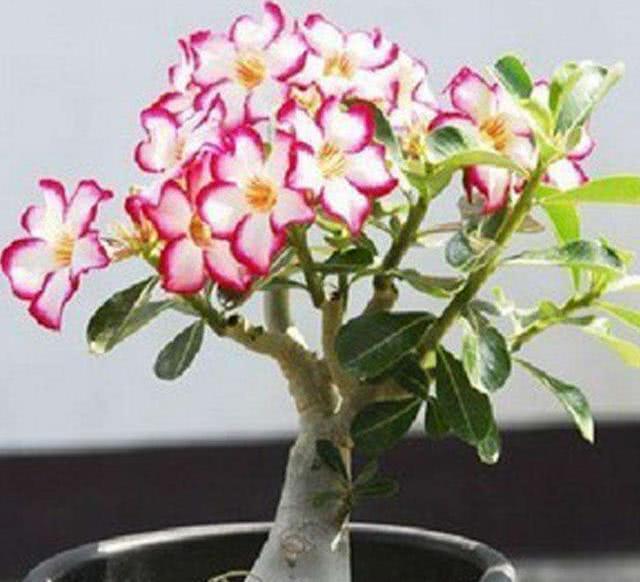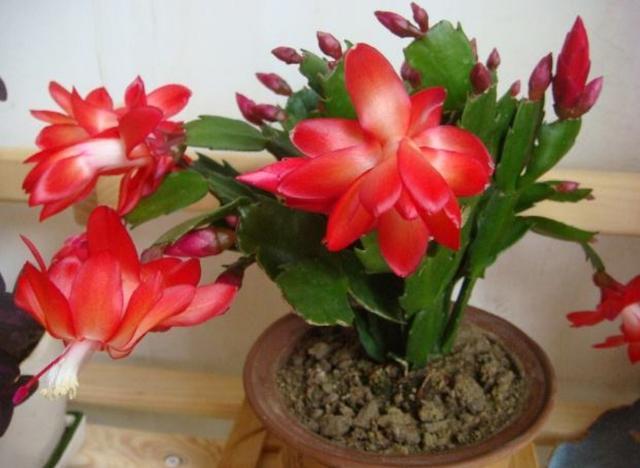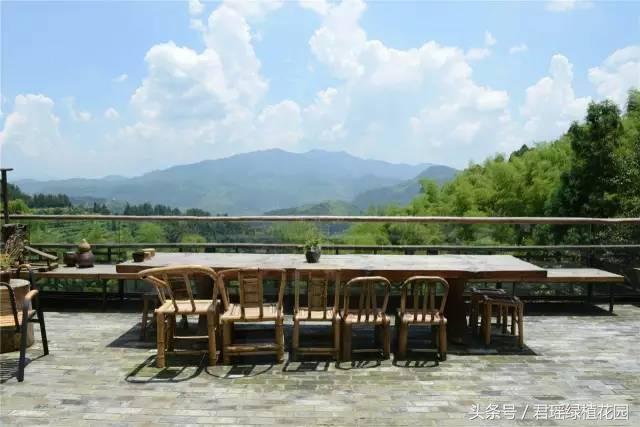The longer the stem of desert rose is, the thinner it is and less likely to blossom. The reason and the solution are here.

Desert rose plant shape is beautiful, the tree shape is simple and vigorous, the flowering period is from May to December every year, and the flower is as red as a rose, which is deeply loved by many flower friends. When families raise desert roses, some flower lovers often propose that the longer the stem is, the thinner the stem is, and they don't like to blossom. What is the reason? In fact, the cultivation of desert roses is also very simple, it does not have high requirements for water and fertilizer, and prefers adequate light. Let's analyze why Huayou's desert rose stem grows thinner and thinner and doesn't like to blossom.
Desert roses have bottle-shaped stems, which store the water and nutrients needed for the plant's own growth. As the plant grows, the stem becomes bigger and stronger. When there is a lack of water and nutrients or problems with the root system, the stem will gradually become thinner and thinner, making it unable to blossom.
The original living environment of desert rose is in Kenya in Africa, where it is very dry, so the stem of desert rose absorbs and stores water during the dry season and is used to supply plant growth during the dry season. Family cultivation of desert roses, especially potted flowers, can not be compared with its original living environment, but in the process of breeding, the pot soil must not be watered dry and thoroughly, and the long-term stagnant water in the basin can easily suffocate the roots and can not normally transport nutrients to the plants. resulting in thin stems, wilting branches and leaves, doomed not to bloom. If it is the root rot caused by long-term wet soil, we should dig out the root system, clean up the rotten part, and replant the soil for cultivation. The new soil must choose the matrix with loose air permeability and good drainage, such as rotten leaf soil or pine needle soil mixed with a small amount of garden soil and river sand, and can also pad some cinder or broken bricks at the bottom of the basin to increase water permeability. at the same time, it can meet its needs for soil.
Desert roses like high temperature and dry environment very much, like light, even in hot summer, there is no need for shade, the more sun exposure, the more exuberant plant growth, long-term shade or lack of light can easily cause thin stem nodes or do not blossom. Family farming must place it in the best light, such as a well-ventilated window with direct light or an unshaded courtyard.
Although desert roses do not have high requirements for fertilizer, the soil is too barren and the root system is in short supply of nutrients, which will result in longer and thinner stems and no flowering. The annual spring and summer rainy season is the peak growth period of desert roses, fertilization is mainly slow-release fertilizer, let it slowly release fertilizer effect, continue to supplement the growth needs. Fertilization in the early stage of flowering should reduce the intake of nitrogen fertilizer and change to phosphorus and potassium fertilizer, otherwise it is easy to grow branches and leaves without flowering. An appropriate amount of mature chicken manure can be applied around the basin in advance, combined with potassium dihydrogen phosphate solution to irrigate roots and leaves to promote flower bud differentiation. Desert rose has a long flowering period, and mature organic liquid fertilizer can be applied every 15 days during flowering to ensure adequate energy supply during flowering.
In order to promote the beauty of desert rose plant type and bloom more, the terminal bud should be removed in time to promote the growth of more branches. After the branches grow, keep 3-5 main branches, keep different directions as far as possible, and cut short after the main branches grow to a certain height. After the lateral branches of the main branches grew, 3-5 branches were selected as the main and lateral branches to promote the graceful plant type. In the process of plant growth, prune the diseased branches and weak branches in time, and concentrate nutrients to supply strong branches, which is conducive to late flowering.
- Prev

If you want crab claw orchid, winter and spring flower branches, don't forget to do these things to it in autumn.
Crab claw orchid blossoms in winter and spring, dormancy in summer and bud pregnancy in autumn. Every winter, there are always flower friends who envy other people's crab claw orchids with full branches. in fact, whether they can blossom in winter and spring, the breeding management in autumn is particularly important! Do these things to it in time.
- Next

The most beautiful accommodation is close to the natural breath of fresh air.
Do you like this article? Share it now and let more people know! The content of this site is rich, broad and profound, editors select daily hot information, update at any time, click "receive the latest information first" to browse it! Please continue.
Related
- Wuhan Hospital Iron Tree Blooming Result Was Instantly Frightened by the Gardener Master
- Which variety of camellia is the most fragrant and best? Which one do you like best?
- What is the small blue coat, the breeding methods and matters needing attention of the succulent plant
- Dormancy time and maintenance management of succulent plants during dormancy
- Minas succulent how to raise, Minas succulent plant pictures
- What are the varieties of winter succulent plants
- How to raise succulent plants in twelve rolls? let's take a look at some experience of breeding twelve rolls.
- Attention should be paid to water control for succulent plants during dormant period (winter and summer)
- Watering experience of twelve rolls of succulent plants
- Techniques for fertilizing succulent plants. An article will let you know how to fertilize succulent plants.

